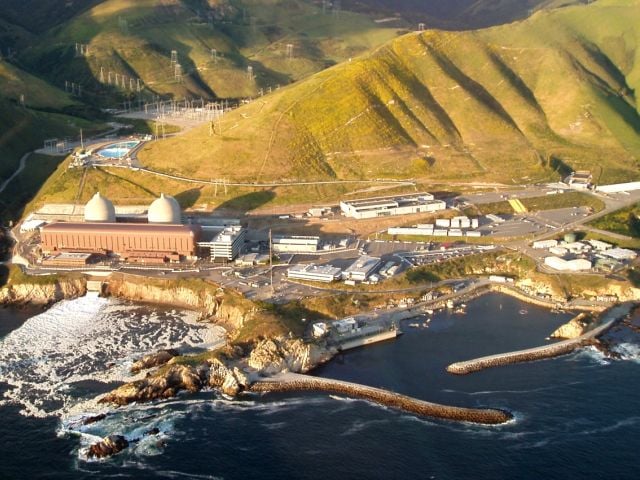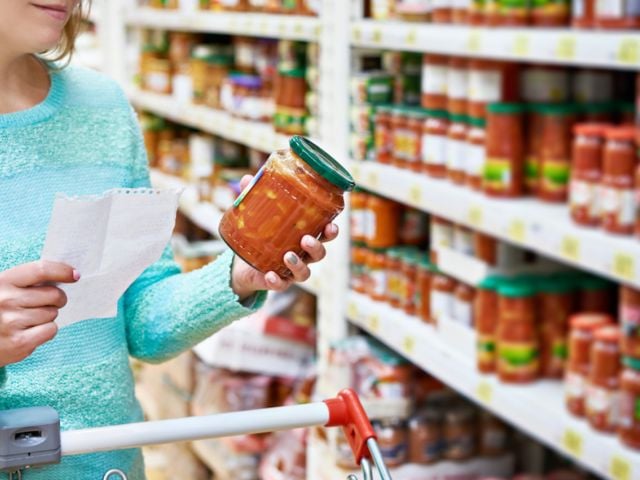
Many types of ice cream and popsicles contain Red No. 3 and titanium dioxide – two food chemicals associated with serious health harms.
Titanium dioxide and Red No. 3 are both banned from nearly all uses in food in the European Union. But titanium dioxide remains legal in the U.S., and Red No. 3 is permitted everywhere in this country, except in California.
- Earlier this year, 10 states introduced bills that seek to ban Red No. 3 and two states, including California, introduced bills proposing to restrict or end the use of titanium dioxide
Summer is fast approaching, and this time of year no duo is more iconic than hot, sunny weather and frozen, creamy desserts or tart, icy popsicles.
But many people don’t realize that a sugar rush or a brain freeze isn’t the only things to watch for with these cold confections – they might also contain potentially harmful food chemicals.
Food chemicals in ice cream and popsicles
Titanium dioxide
Titanium dioxide is a colorant used to create a smooth finish and add shine and brightness to other colors. It’s frequently found in candies and other sweets, including ice cream and popsicles.
Titanium dioxide is used in cold treats from brands including Bomb Pop Middles Strawberry, Ahold Ice Pops, Great Value Rocky Road Ice Cream and Milk Bar Cereal Milk Ice Cream.
Because titanium dioxide can be toxic, European food safety regulators have classified it as no longer safe for human consumption. A 2021 assessment by the European Food Safety Authority concluded that the very tiny size of titanium dioxide molecules in the form of nanoparticles can build up in the body and cause chromosomal damage.
Red No. 3
This chemical is a synthetic food dye added to processed foods to make them look more colorful and appealing.
It’s used in over 2,000 products, including Mccoll’s Bubble Gum Ice Cream, Market Pantry Cotton Candy Ice Cream and Kroger Deluxe Churned Neapolitan Light Ice Cream.
According to a 2021 health effects assessment by the California Office of Environmental Health Hazard Assessment, Red No. 3 can make children vulnerable to behavioral difficulties, including decreased attention.
In 1990 the Food and Drug Administration found Red No. 3 can cause cancer and banned its use in cosmetics and externally applied drugs. But it’s still allowed for use in food because of the FDA’s lack of action – even though the agency has concluded the dye causes cancer in animals.
The need for legislation
We’re still waiting for federal action to ban either of these harmful chemicals in food, so states are beginning to fill the regulatory gap.
In 2023, the California Food Safety Act, which banned four toxic chemicals from food manufactured, sold or distributed in the state, was signed into law. The chemicals were potassium bromate, propylparaben, Red No. 3 and brominated vegetable oil, or BVO.
Following the success of this landmark legislation, 11 new state bills to target harmful food chemicals have been introduced in 2024. In addition to the four California chemicals, they collectively seek to ban titanium dioxide, Red No. 40, Yellow Dye No. 5, Yellow Dye No. 6, Blue Dye No. 1, Blue Dye No. 2, Green Dye No. 3, BHA and azodicarbonamide.
What you can do
While we await additional state and federal regulatory action, here are some ways you and your family can avoid titanium dioxide and Red No. 3 in your ice cream and popsicles:
- Look at the label. Check ingredient labels for Red 3, titanium dioxide, “artificial color,” or “color added” to avoid these chemicals of concern. In ice cream, manufacturers may choose whether to disclose Red 3 and titanium dioxide by name.
- Find alternatives whenever possible. Use EWG’s Food Scores database to look for products that don’t contain these harmful chemicals.
- Choose organic whenever possible and affordable. Packaged foods that are certified organic must meet strong standards that protect consumers from exposure to potentially harmful food additives. Titanium dioxide and Red No. 3 are not allowed for use in organic foods.



